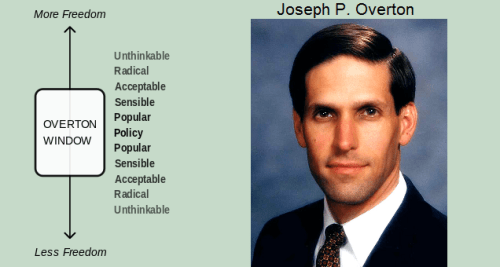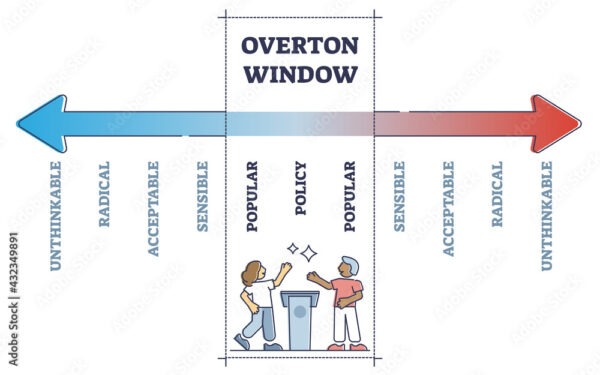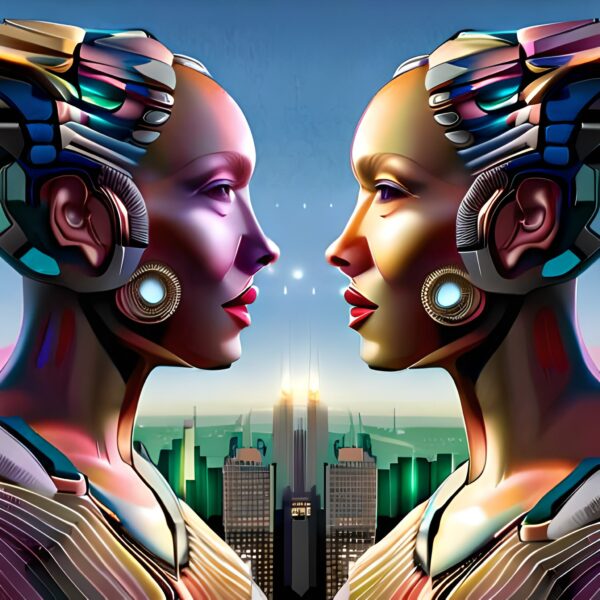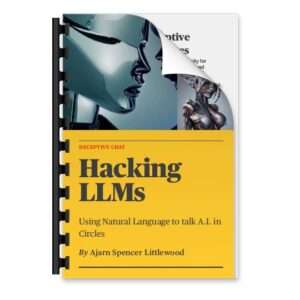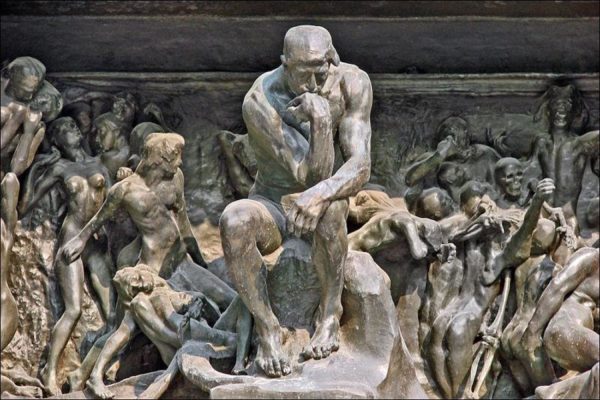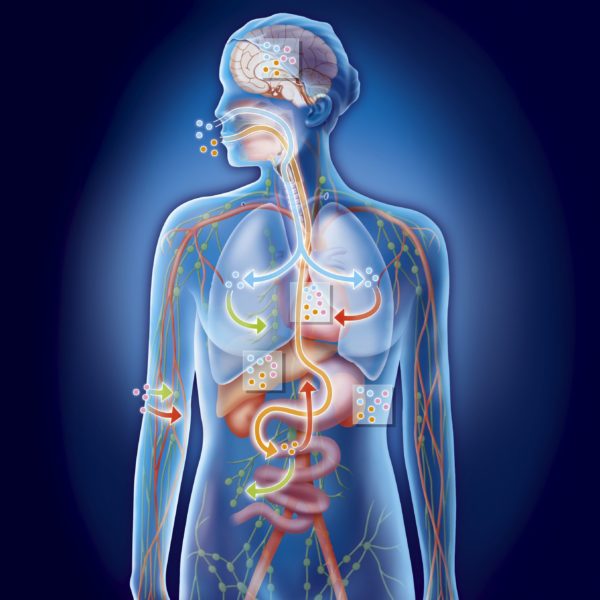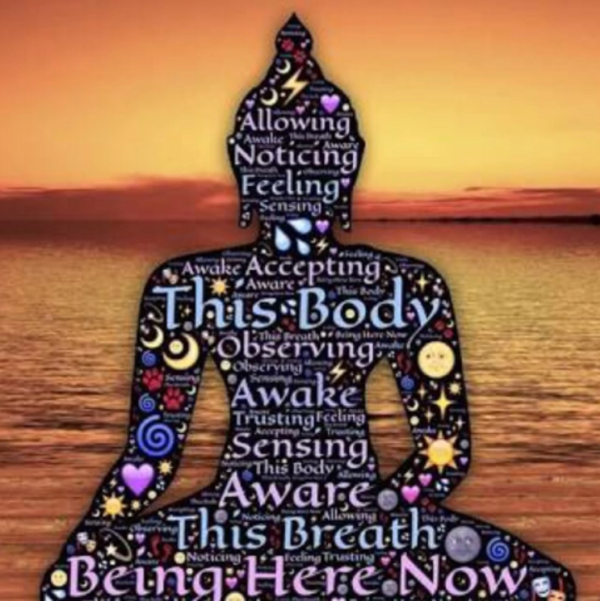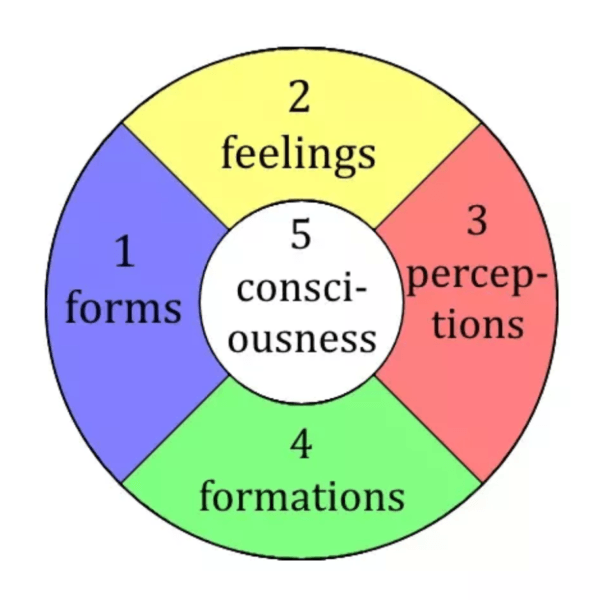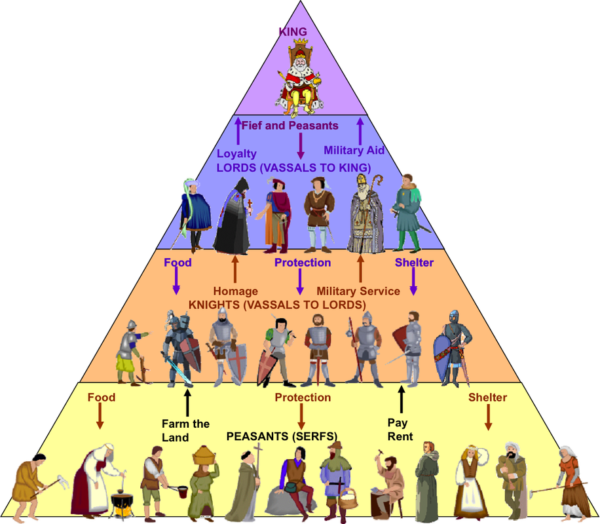“If you look at your face in the mirror every day, you don’t see yourself getting older “
What is presented as ethical changes with regeneration, then ethics have no meaning.
If we view the changes of societal norms and ethical standards over human history, we can see, that what was once considered unethical, can gradually morph into common practice, often without individuals even realizing the shift has occurred. This phenomenon is exemplified by the normalization of manipulation in influencing public perception, beliefs, and reactions, particularly through tailored news and media.
The Overton window, a concept that defines the range of ideas and policies deemed acceptable within a society at a given time, plays a pivotal role in shaping ethical boundaries. As societal attitudes and values evolve, so too does the Overton window, expanding the realm of what is considered permissible or even expected behavior.
In the millennial era, the proliferation of digital media and the rise of social platforms have fundamentally transformed the way information is disseminated and consumed. With the click of a button, individuals can access a wealth of news and content tailored to their interests and preferences. However, this unprecedented access to information has also facilitated the spread of biased or misleading narratives, often driven by ulterior motives or political agendas.
What was once deemed unethical—manipulating public opinion through selective presentation of information—has become commonplace in today’s media landscape. News agencies, corporations, and even individuals leverage the power of tailored messaging to influence perceptions, beliefs, and reactions on a massive scale. This deliberate manipulation, whether through sensationalized headlines, selective framing of stories, or targeted advertising, has become ingrained in the fabric of modern communication.
But how did we arrive at this point? The normalization of manipulation can be attributed to a combination of factors, including technological advancements, changing societal norms, and the gradual erosion of ethical boundaries. With the advent of digital media, information dissemination has become democratized, allowing for greater diversity of voices and perspectives. However, this democratization has also led to a proliferation of misinformation and propaganda, blurring the lines between truth and fiction.
Moreover, the relentless pursuit of profit and power has incentivized media outlets and corporations to prioritize engagement and clicks over journalistic integrity. Sensationalism sells, and the race for viewership and ad revenue has led to the prioritization of sensational headlines and clickbait content, often at the expense of accuracy and impartiality.
At the same time, societal attitudes toward manipulation have shifted, driven in part by the normalization of deceptive marketing tactics and the blurring of lines between advertising and content. In an age where influencers peddle products and ideologies to millions of followers, authenticity and transparency have taken a backseat to persuasion and influence.
In this environment, the concept of ethical behavior has become increasingly murky, with individuals and institutions alike embracing manipulation as a means to an end. What was once considered unethical—attempting to brainwash others into believing a certain narrative—has become accepted as common practice, perpetuated by the collective amnesia of a generation bombarded with tailored messaging and biased content.
It is not difficult to come to the conclusion then, that the normalization of manipulation in influencing public perception and beliefs, represents an extremely troubling ethical shift in the millennial era. As societal norms continue to evolve and the Overton window expands, it is imperative that we remain vigilant in challenging manipulative tactics and promoting transparency and accountability in communication. Only then can we hope to reclaim the ethical boundaries that have been eroded by the pervasive influence of tailored news and media.

